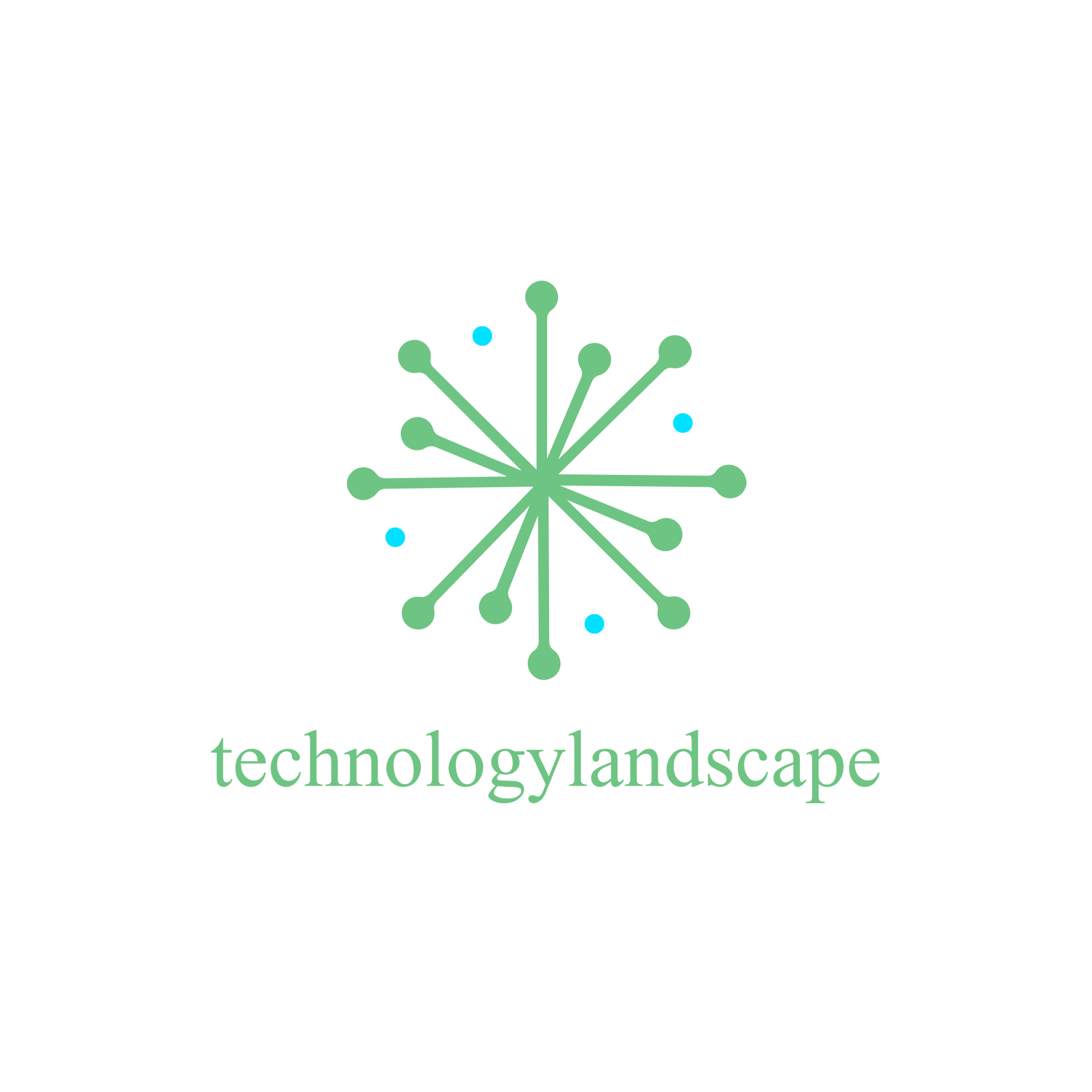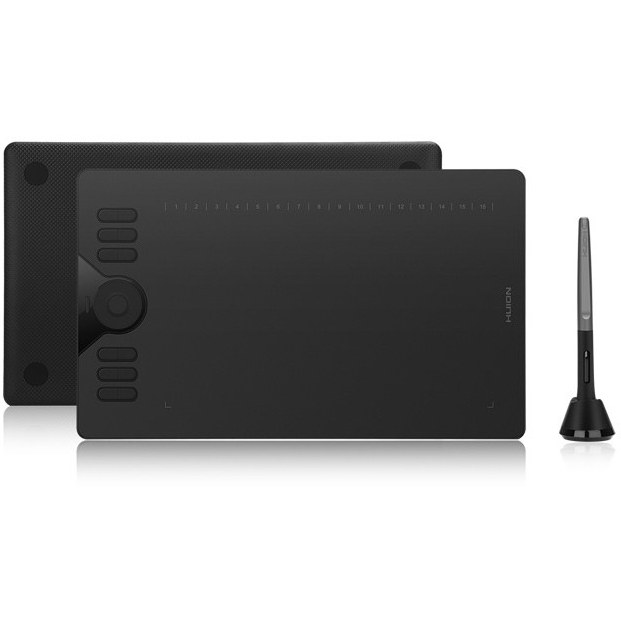When it comes to creating digital art, having the right software can make all the difference. The two most popular options in the industry are Sketchbook and Illustrator. Both offer a wide range of tools and features that cater to the needs of professional artists and designers, but they also have their own unique strengths. In this article, we will compare Sketchbook and Illustrator, highlighting their key differences and helping you make an informed decision on which software is the best fit for your digital art needs.
Understanding Sketchbook
Sketchbook, developed by Autodesk, is a powerful digital art software known for its intuitive interface and robust set of tools. It offers a range of features that allow artists to create stunning illustrations, concept art, and even animations. With its comprehensive brush library, customizable brushes, and pressure sensitivity, Sketchbook provides artists with a natural and responsive drawing experience. It also boasts advanced layering capabilities, allowing artists to work on individual elements without affecting the rest of the artwork. Additionally, Sketchbook offers various perspective guides and symmetry tools to aid in creating accurate and symmetrical compositions.
The Benefits of Using Sketchbook
- Intuitive Interface: Sketchbook’s user-friendly interface makes it easy for both beginners and experienced artists to navigate the software and access its wide range of tools.
- Customizable Brushes: With Sketchbook, artists have the freedom to create their own brushes, adjust brush settings, and save them for future use.
- Responsive Drawing Experience: The software’s powerful engine ensures a smooth and responsive drawing experience, mimicking the feel of traditional art tools.
- Advanced Layering: Sketchbook’s layering capabilities allow artists to organize their artwork and make non-destructive edits to individual elements.
- Perspective Guides and Symmetry Tools: These features assist artists in creating accurate compositions and symmetrical designs.
Exploring Illustrator
Adobe Illustrator is another popular choice among digital artists and designers. It is renowned for its vector-based capabilities, making it ideal for creating precise and scalable artwork. Illustrator offers a vast array of tools, including advanced drawing tools, typography tools, and powerful shape-building features. With its extensive library of brushes and customizable vector brushes, artists can achieve a wide range of artistic styles in their digital creations. Illustrator also excels in creating smooth and clean lines, making it a preferred choice for logo design, branding, and typography work.
The Advantages of Using Illustrator
- Vector-Based Artwork: Illustrator’s vector-based approach allows artists to create artwork that can be scaled to any size without loss of quality.
- Advanced Drawing Tools: The software offers a variety of drawing tools, including the Pen tool, which enables artists to create precise and complex shapes with ease.
- Typography Tools: Illustrator’s typography tools provide artists with extensive control over text, allowing them to create visually striking designs.
- Shape-Building Features: Illustrator’s shape-building tools make it easy to create intricate designs by combining and manipulating basic shapes.
- Brush Library and Customization: Illustrator offers a wide range of brushes and the ability to customize them, allowing artists to achieve various artistic effects.
Sketchbook vs Illustrator: A Comparison
Now that we have explored the key features of Sketchbook and Illustrator, let’s delve into a detailed comparison to help you choose the right software for your digital art needs.
User Interface
When it comes to the user interface, both Sketchbook and Illustrator have their own strengths. Sketchbook’s interface is known for its simplicity and ease of use. The software offers a streamlined workspace with minimal distractions, allowing artists to focus solely on their artwork. On the other hand, Illustrator’s interface might seem slightly more complex at first glance, primarily due to the extensive array of tools and features it offers. However, with a little familiarity, Illustrator’s interface becomes intuitive, enabling artists to navigate seamlessly through the software.
Drawing Tools
Sketchbook and Illustrator both provide a wide range of drawing tools to cater to different artistic styles. Sketchbook excels in providing a natural and responsive drawing experience, thanks to its extensive brush library and customizable brushes. The software’s emphasis on creating a realistic feel makes it a popular choice among traditional artists transitioning into the digital realm. Illustrator, on the other hand, offers powerful drawing tools like the Pen tool, which allows artists to create precise and complex shapes. Its vector-based approach ensures clean, scalable lines and shapes, making it a preferred choice for technical illustrations and logo design.
Layering and Artboard Management
Layering is an essential feature in digital art software, as it allows artists to work on different elements of their artwork independently. Sketchbook offers advanced layering capabilities, allowing artists to organize their artwork efficiently. The software also supports layer blending modes, layer grouping, and layer masks, giving artists greater control over their composition. Illustrator, too, provides robust layering options, along with the flexibility to manage multiple artboards within a single project. This feature is particularly useful when working on projects that require multiple variations or different compositions.
File Compatibility
When choosing digital art software, it is crucial to consider file compatibility, especially if you collaborate with other artists or work with different software in your creative workflow. Sketchbook supports various file formats, including PSD (Photoshop Document), JPG (Joint Photographic Experts Group), PNG (Portable Network Graphics), and TIFF (Tagged Image File Format). This compatibility ensures that artists can easily import and export their artwork to and from other software without any loss of quality or information. Illustrator, being an Adobe product, offers seamless integration with other Adobe Creative Cloud applications and supports popular file formats like AI (Adobe Illustrator), EPS (Encapsulated PostScript), and SVG (Scalable Vector Graphics).
Choosing the Right Software for You
Choosing between Sketchbook and Illustrator ultimately depends on your specific needs as an artist or designer. If you prioritize a natural and responsive drawing experience, with a focus on creating illustrations and concept art, Sketchbook may be the ideal choice for you. Its intuitive interface, customizable brushes, and advanced layering capabilities make it a versatile tool for digital artists.
On the other hand, if you require precise and scalable vector-based artwork, with a strong emphasis on typography and shape-building, Illustrator is likely the better option. Its extensive range of drawing tools, typography features, and compatibility with other Creative Cloud applications make it a go-to software for designers and illustrators.
In conclusion, both Sketchbook and Illustrator offer powerful tools and features that cater to the needs of digital artists and designers. Whether you choose Sketchbook or Illustrator, it ultimately comes down to your personal preferences and the specific requirements of your creative projects. With a little exploration and experimentation, you will discover the software that best aligns with your artistic vision and helps you bring your digital creations to life.
So, what are you waiting for? It’s time to unleash your creativity and embark on a digital art journey with the perfect software for you!
References:
- Sketchbook: https://www.sketchbook.com/
- Illustrator: https://www.adobe.com/products/illustrator.html








